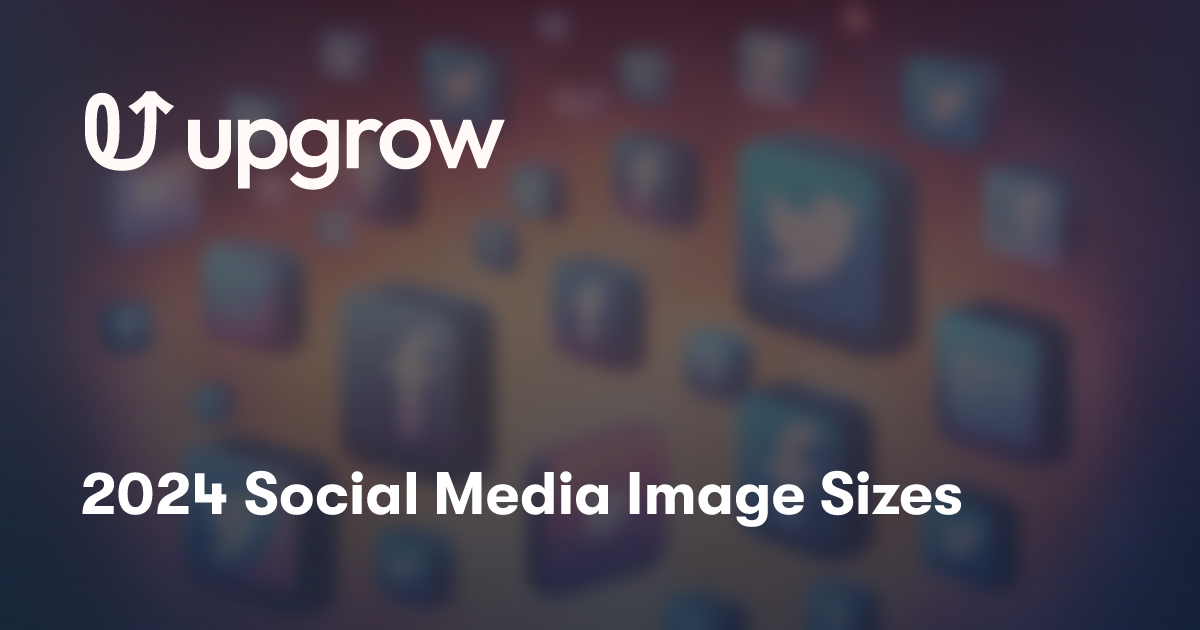
Optimizing your social media images for 2024 is crucial for maintaining high-quality visual content and maximizing engagement across platforms. With the right dimensions, your images can look sharp and professional on any device. Understanding the recommended image sizes for platforms such as Facebook, Instagram, X (formerly Twitter), and others can significantly affect the performance of your posts.
For example, the recommended size for in-stream photos on X is 1600 x 900 pixels, while Facebook feed posts should be 1200 x 630 pixels. Using the correct image sizes ensures your visuals are displayed properly, avoiding any unintended cropping or pixelation. This can greatly enhance the viewer's experience and increase the likelihood of engagement.
Whether you're sharing on mobile or desktop, each social network has its own specifications. Instagram portrait images should be 1080 x 1350 pixels, while Facebook cover photos need to be 851 x 315 pixels. By adhering to these guidelines, you can ensure your social media presence remains consistent and visually appealing.
Platform-Specific Image Size Guidelines
Understanding the specific image size requirements for different social media platforms ensures that your visuals are displayed effectively. Here are the key guidelines for popular platforms, including Facebook, Instagram, Twitter, LinkedIn, Pinterest, and YouTube.
Facebook Image Sizes
- Profile Picture: 196 x 196 pixels
- Cover Photo: 851 x 315 pixels



